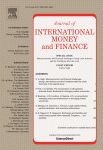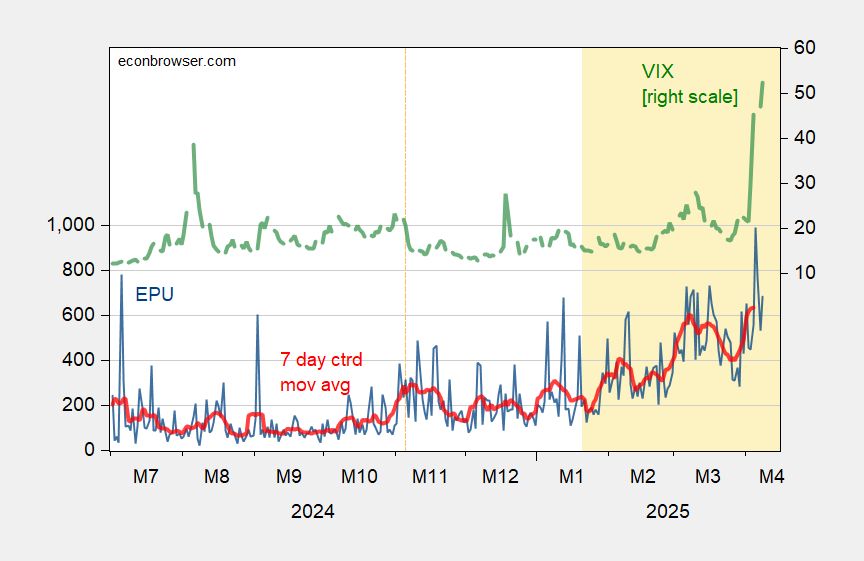Potential split: There may be a growing divide between the voting members (12 FOMC) and the full committee (19 participants) about the pace and direction of policy.
Future decisions, especially from September on, are likely to hinge on the inflation outlook.
End of 2025-GDP growth (2025 median) drops from 1.7% to 1.4% (central tendency narrows from 1.5–1.9% to 1.2–1.5%)
End of 2025-PCE inflation (2025 median) rises from 2.7% to 3.0% (central tendency shifts from 2.6–2.9% to 2.9–3.4%)
Rising support for “no cuts”: In March 2025, 4 FOMC participants saw no cuts in 2025. In June, that number has increased to 7, showing increased caution within the committee on easing policy further.
#Japan #CPI #BoJ #inflation #economy #Yen
#UKinflation #CPI #wages #BoE #interestrates #monetarypolicy

open.substack.com/pub/gianluca...

Reposted by: Gianluca Benigno
Reposted by: Gianluca Benigno

Reposted by: Gianluca Benigno
Reposted by: Gianluca Benigno
Reposted by: Gianluca Benigno
Reposted by: Gianluca Benigno
by Menzie Chinn — Reposted by: Gianluca Benigno
econbrowser.com/archives/202...




open.substack.com/pub/gianluca...

Reposted by: Gianluca Benigno
gianlucabenigno.substack.com/p/us-january...

open.substack.com/pub/gianluca...


